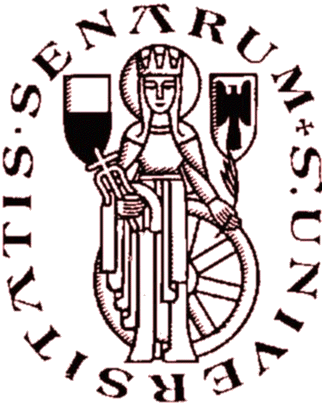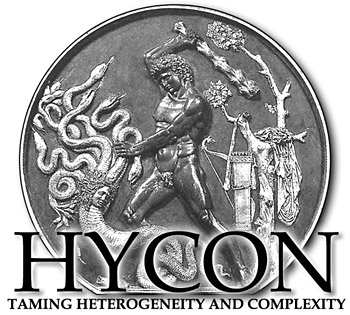Shankar S. Sastry
Director, Center for Information Technology Research in the Interest of Society
NEC Distinguished Professor of Engineering
Departments of Electrical Engineering and Computer Sciences and Bioengineering
University of California, Berkeley
Networked Embedded Systems: From Sensor Webs to Cyber-Physical Systems
There has been a great deal of excitement in recent years concerning the evolution of sensor webs of smart dust. There has been a very substantive active world wide in this area and in particular at Berkeley there have now been over six generation of "motes" for these sensor webs, and at least three new start ups have arisen to commercialize these developments. I will survey these developments and where they have brought us in a very important new class of computing involving an integration of communication and computing. I will describe how the technology push is matched by the applications pull on numerous different applications.
Throughout the talk, I will highlight the efforts of my group and that of my colleagues especially Culler, Pister, Wagner and Brewer in "closing the loop" around these networked embedded systems. We believe that this closing the loop brings into sharp focus the real time constraints and issues inherent in the use of networked embedded systems. Further, the most important new directions in sensor webs involve this new direction beyond simply sensing and monitoring the physical environment and infrastructure. In particular, I will describe the range of methods and algorithms needed to track multiple targets in a sensor web and to be able to pursue them. The culmination of this project was a 557 node demonstration that we conducted at the Richmond Field Station in August 2005. Some areas of future development in sensor networks involve the use of high bandwidth sensors (such as camera motes) and mobile sensor webs. I will give a preview of some of the most exciting opportunities in this regard.
Finally, with our increase dependency on computing and communication to instrument physical infrastructures, such as electric power, water, gas, etc. we find that they are not high confidence: that is they are complex systems which may not be correct by construction, or fault tolerant and are vulnerable to information attack of networked embedded systems. Such systems are being referred to as high confidence cyber physical systems. To address this grand challenge societal problem of builing high confidence cyber physical systems, I will give a snap shot of the kinds of techniques with, privacy and policy work, in the area of secure network embedded systems
Bio Sketch
S Sastry became Chair, Department of Electrical Engineering and Computer Sciences, University of California, Berkeley in January, 2001, and held that position until 2004. Prior to that, he served as Director of the Information Technology Office at DARPA. From 1996-1999, he was the Director of the Electronics Research Laboratory at Berkeley, an organized research unit on the Berkeley campus conducting research in computer sciences and all aspects of electrical engineering. During his directorship from 1996-1999, extra-mural funding of the laboratory grew from $29M to $50M. Prof. Sastry also holds a joint professorship in the Departments of Electrical Engineering and Computer Sciences and Bioengineering.
Prof. Sastry received his Ph.D. in 1981 from the University of California, Berkeley. He was on the faculty of MIT as assistant professor from 1980-1982 and at Harvard University as a chaired Gordon Mc Kay professor in 1994. He has held visiting appointments at the Australian National University in Canberra, the University of Rome, Scuola Normale, and the University of Pisa, the CNRS laboratory LAAS in Toulouse (poste rouge), Professor Invite at Institut National Polytechnique de Grenoble (CNRS laboratory VERIMAG), and a Vinton Hayes Visiting fellow at the Center for Intelligent Control Systems at MIT. His areas of research are embedded and autonomous software, computer vision, and computation in novel substrates such as DNA, nonlinear and adaptive control, robotic telesurgery, control of hybrid systems, embedded systems, sensor networks and biological motor control.




